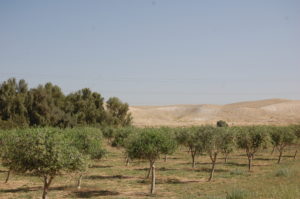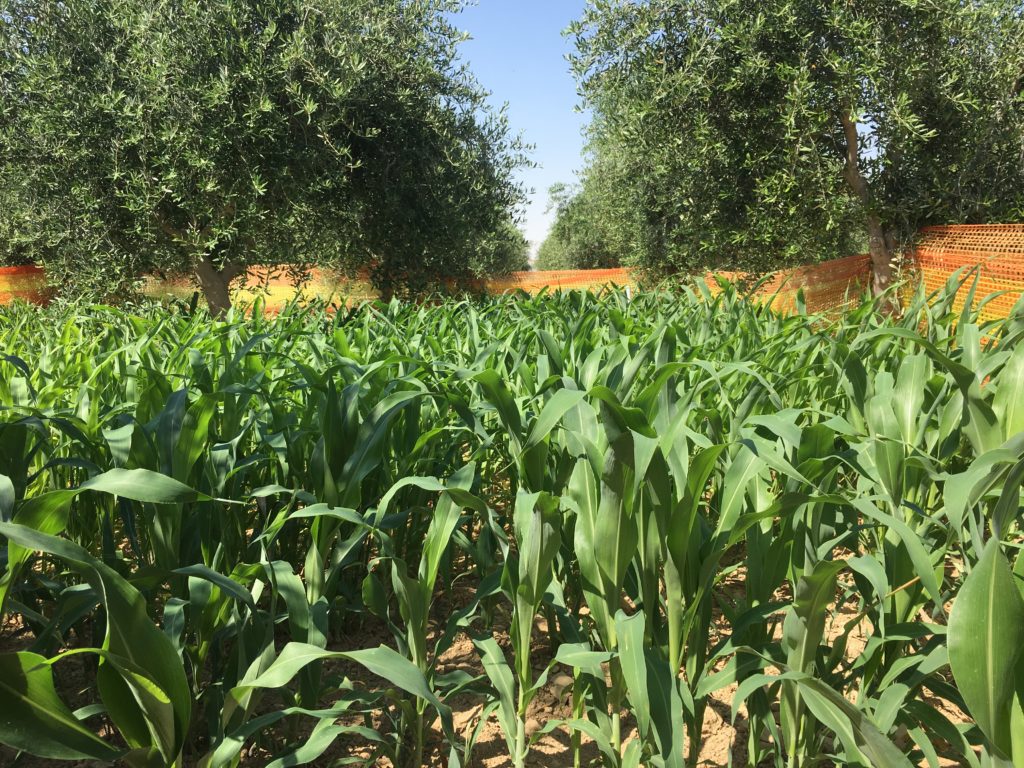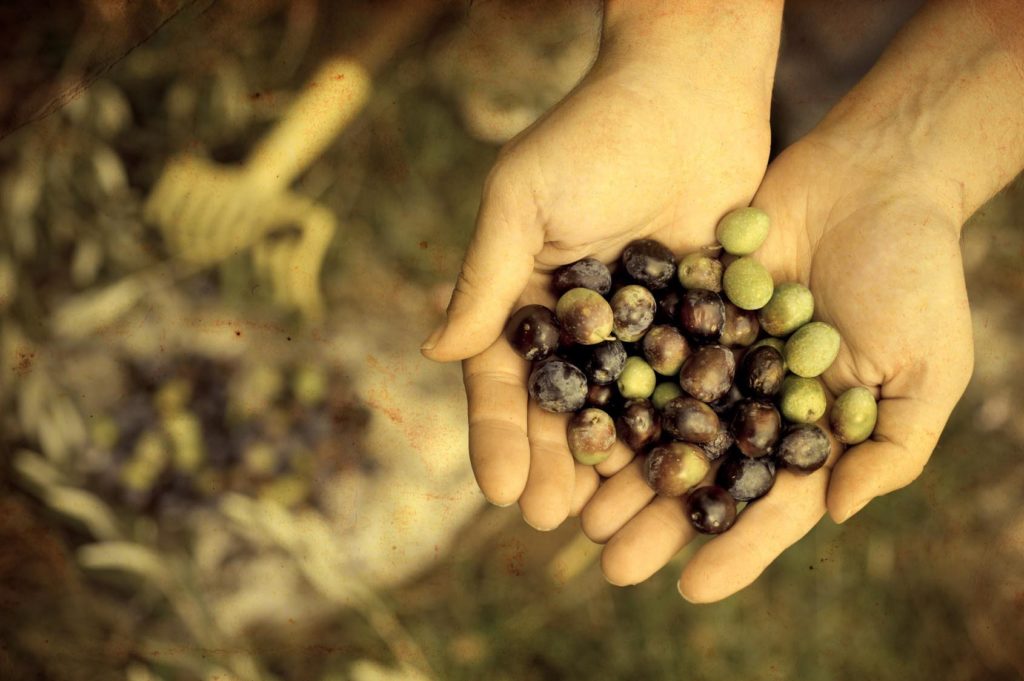
Intercrop Agroforestry at Wadi Mashash
Intercrop Agroforestry at Wadi Mashash
May 4, 2017

Wadi Mashash’s farm manager, Yossi Goldstein, drilling holes in which tubes with cameras were installed, allowing researchers to look at the roots and water uptake.
Agroforestry is a method and system of land management involving the simultaneous cultivation of farm crops and trees. This technique ensures a continuous food supply, increased economic return and combats desertification and soil erosion, while increasing the use of desert drylands through agriculture.
An agroforestry method called the intercrop system will be used in the olive grove at Wadi Mashash, BGU’s experimental desert farm.
How does the intercrop system work? In between each row of trees the intercrop, a grain, will be planted. Possible grains include wheat, sorghum and corn. Planting grain in between the rows of olive trees produces an additional crop that can be consumed or sold.
The intercrop system is ideal for countries in arid zones that need to maximize their crop output with very little rainfall. The fruit of the olive tree produces high quality olive oil. The grain produced provides food for people and animals.

This olive grove at Wadi Mashash — now five years old — is made possible by Americans for Ben-Gurion University donors.
Last spring, pipes were inserted into the soil in which miniature cameras were lowered. Researchers (mostly graduate and post-graduate students) are studying the olive trees’ root system development. They are measuring water usage and uptake, observing how the roots react to stress – primarily due to lack of water – and measuring the final crop yield (the olives).
After the next winter flood, the intercrop will be planted. Then researchers will study how the trees and the grain collaborate and/or compete for the shared common pool of water stored in the soil.
Three research techniques will be evaluated:
- No grain planted in between the rows of trees
- 100% coverage by the grain between the rows
- 50% coverage by the grain between the rows
Plant an olive tree for research at Wadi Mashash and help feed the world.



